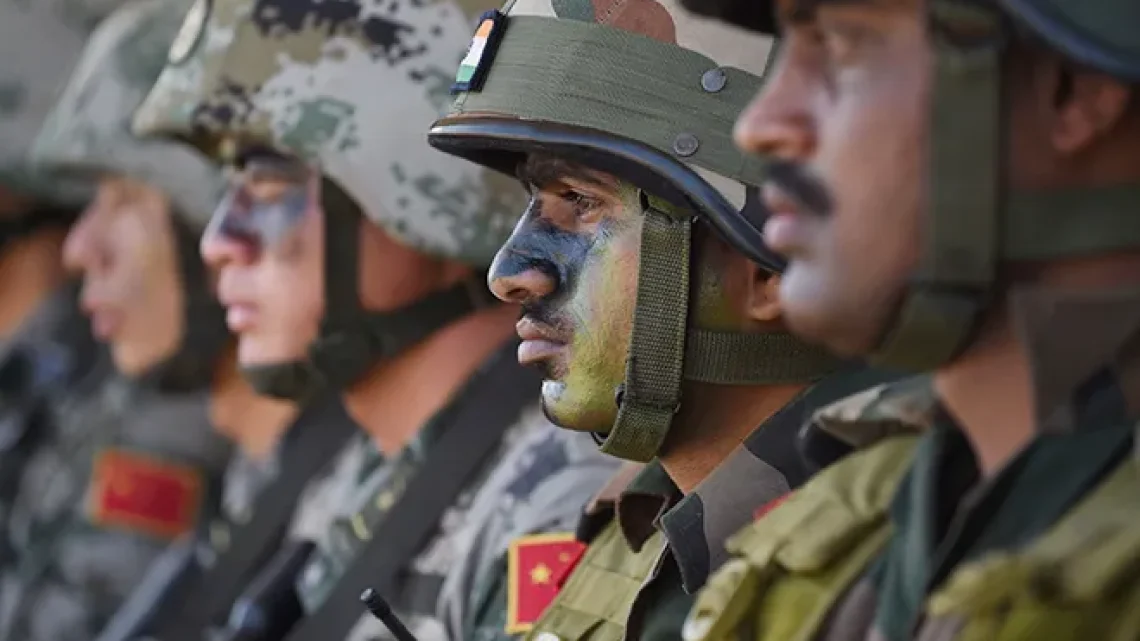
India Conducts Night Operations in Ladakh Amid Rising India-China Border Tensions
September 23, 2024The decision is viewed as a response to China’s growing military presence and infrastructure development in the area. India feels compelled to bolster its defenses, feeling cornered by these developments.
The Indian Army is taking no chances. Pilots and technicians are rigorously testing the capabilities of the Dhruv helicopters to ensure successful missions. Major Ayush Devliyal, a technical supervisor, emphasized the necessity of thorough inspections prior to flight.
The flying in high-altitude conditions presents notable challenges. Major Amarendra, a Cheetah helicopter pilot, explained, “At night, your depth perception reduces, so we rely more on our instruments.”
Conducting night operations sends a strong message about India’s triviality regarding China’s positive behavior in the region. With China’s territorial claims extending to Arunachal Pradesh, India’s fears about its territorial claims are escalating.
The situation in Ladakh is multifaceted, involving several strategic considerations. Indian defense experts cite China’s “salami slicing” tactic, where it gradually encroaches on territory over time. This method raises alarms in New Delhi about potential losses.
Conversely, neutral analysts argue that India’s infrastructure development, particularly road construction in Ladakh, has triggered a more aggressive Chinese stance. They believe these improvements may have prompted China to bolster its military presence.
Amid tensions along the LAC which continue to rise, balancing military readiness with diplomatic efforts will be crucial for maintaining regional stability.
To conclude, the developments in Ladakh highlight the need for ongoing vigilance. The interplay between military operations and infrastructure projects will shape the future dynamics in this strategically critical region.

